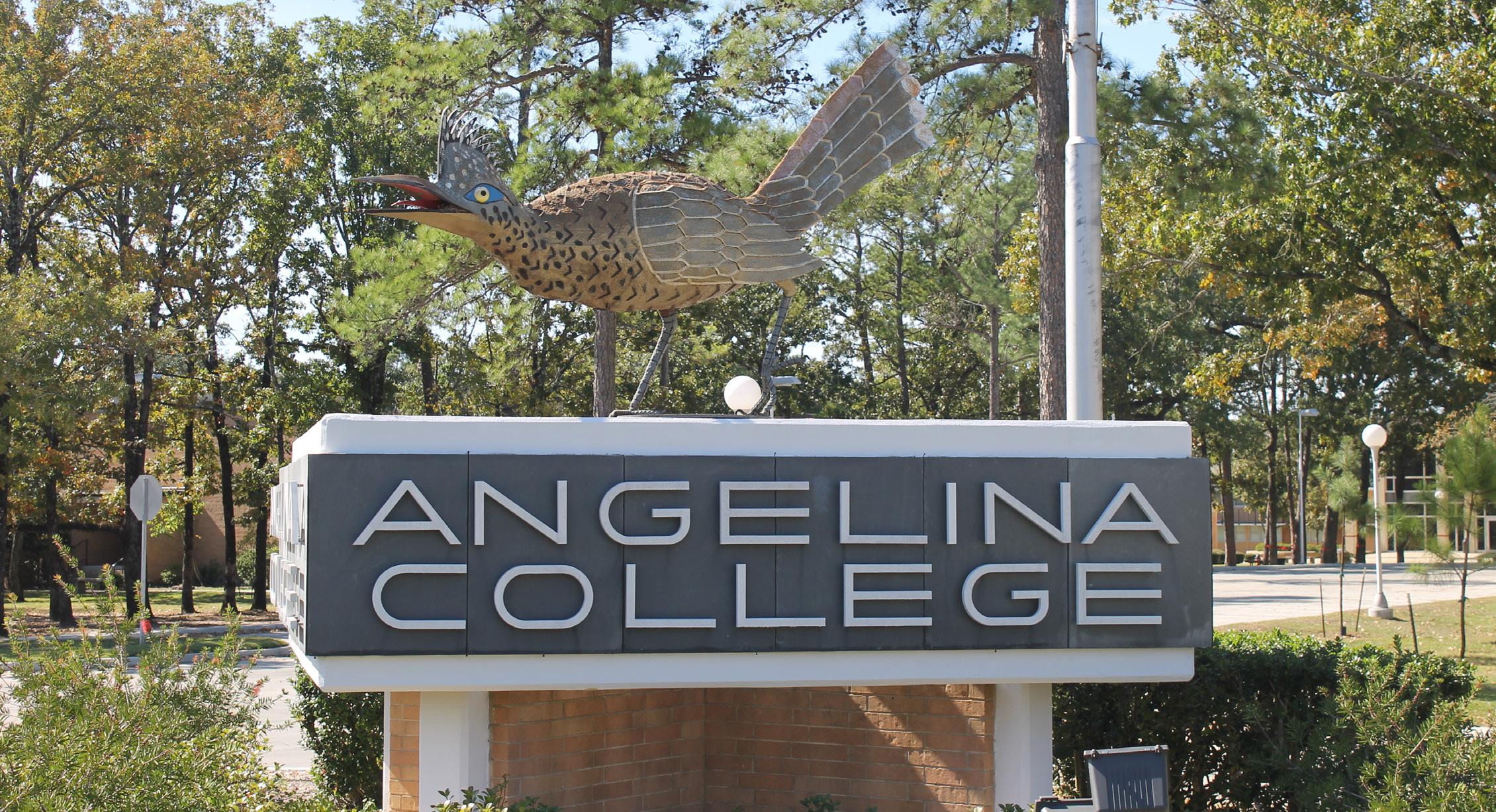
1 minute read
Summary of Findings
•There are more than 20 school districts in the 6-county Lufkin-Nacogdoches region. These school districts graduate about 2,400 students each year.
Of the students that can be tracked (e.g. they are enrolled in a Texas public college or university and/ or working in Texas), 68 percent of these students are employed in Texas in the fall semester after their graduation. Of these students who are employed after graduation, about 60 percent work in retail or accommodations and food services. Sixty-one percent of these graduates enroll in a Texas public college or university. The top institutions that these students enroll in are Angelina College and Stephen F. Austin. • The region has two public higher education institutions and one other private institution. Over the last three years, these institutions have conferred an average of 3,850 degrees annually. Three-fourths of these degrees are earned at Stephen F. Austin and 78 percent of these degrees are bachelor’s degrees. • Comparing the number of annual openings of entry-level occupations that require postsecondary education to the number of degrees or completions in related fields can be an indicator of the alignment of the regional talent pipeline with regional jobs. The inclusion of Stephen F. Austin in the total number of completions shows that there are plenty of graduates from regional institutions to fill available positions. However, Stephen F. Austin attracts students from across Texas, many of whom will move out of the area upon graduation. Without Stephen F. Austin, the regional talent pipeline may have significant shortages related to health science; education; and business and an oversupply in manufacturing. Note that the annual openings of transportation, distribution, & logistics includes truck drivers, which requires a commercial drivers license. These can be acquired through a postsecondary degree program or nondegree program. Likewise, human services includes hairdressers, which can acquire needed certification through a degree or a nondegree program. Thus, these completions in these two areas are likely understated as nondegree completions are not included in these totals.
Image by Billy Hathorn






